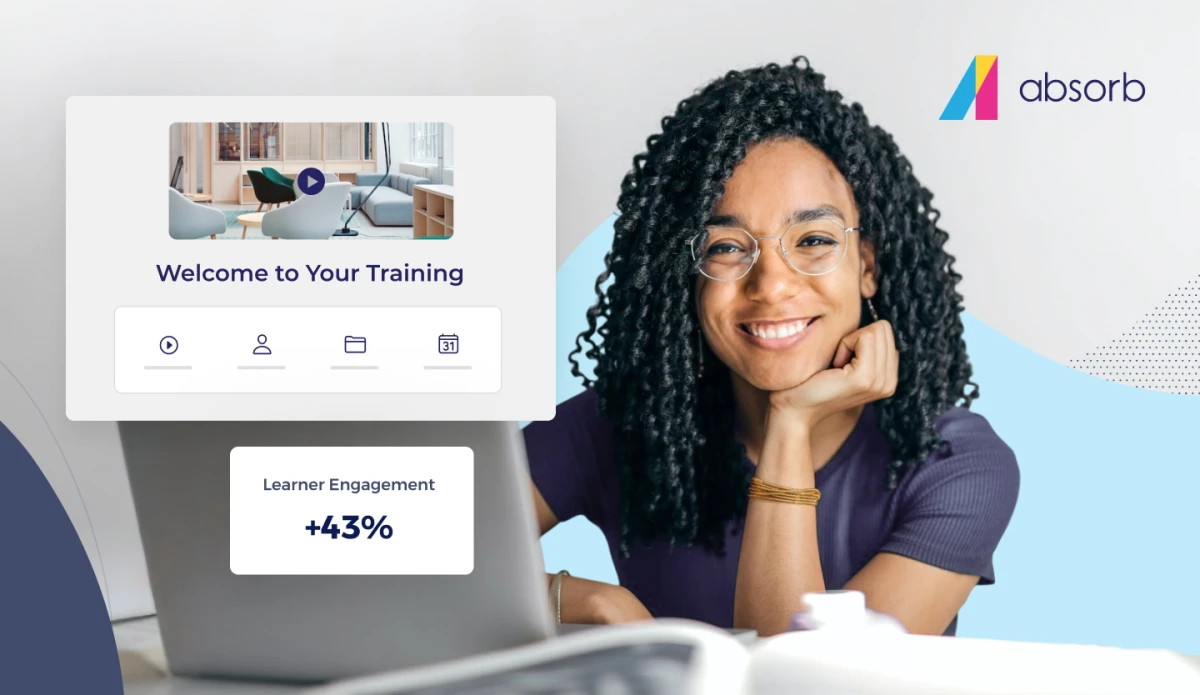Learning strategy is at the core of any organizational change. In fact, Mercer's 2019 Global Talent Trends report notes that "the most significant threats to successful organizational transformations are rooted in human capital risk." Introducing contextual learning at your company can help alleviate those risks by better supporting training and retraining needs at scale.
In a nutshell, contextual learning empowers employees to access training in the moment and directly in the flow of work. With today's leading-edge microlearning technologies, there's no need to launch a new app or engage with a chatbot to find information that's hosted in your workplace LMS. Rather, learners can tap information in familiar apps where they spend their day, making learning an always-on cultural norm that both builds skills and propels business outcomes.
So, what are some key ways that contextual learning supports organizational change?
Contributes to an agile culture
An anywhere-and-everywhere learning approach supports the kind of open and agile communications strategy that is important for successful change management. If you're struggling with lagging productivity or low engagement in traditional training, contextual learning can reintroduce training as a practical tool that has a meaningful impact on your employees' day to day. This feeds the modern worker's appetite for continuous access to answers, while ensuring vital information is relayed on an ongoing basis.
Supports modern workforce trends
According to Deloitte, millennials will make up 75% of the workforce by 2025, and the average attention span of a millennial is 90 seconds. Reinforcing or replacing traditional training methods with contextual microlearning allows you to better match millennial and Gen Z learning needs and UX preferences. Making information immediately available within the usual flow of work mirrors the "Google it" mentality that's familiar to these workers. This learning approach makes information accessible at any time, from any place to drive a frictionless training experience among a remote, on-the-go or otherwise widely distributed workforce.
Enforces faster reskilling & upskilling
Effective upskilling and reskilling speeds the progress of business transformation. In fact, Mercer notes that upskilling and reskilling moved up the executive agenda from ninth to third position this year. The report cites informal, hands-on learning as a critical reskilling approach, but reskilling can be costly to undertake, especially if you employ a de-centralized workforce. With the right learning tool, however, learning while doing can be achieved more cost-effectively as part of your reskilling strategy.
Drives workforce productivity
When your company makes learning available where it's most useful (in the flow of work), new best practices are deployable and enforceable across your workforce in real time. Speeding access to new information makes your organization less dependent on in-person trainings and gives employees more time to do their jobs. You can also realize the benefits of consistent training more quickly, since ongoing access to it makes your company less reliant on information retention to see results.
Keeps you competitive
Contextual learning technology represents the next wave of L&D expansion. If your company is growing, you'll need to ensure that your learning program is pervasive and adaptable in response. Gone are the days of learning and development being siloed in one department with separate priorities and objectives. Leveraging contextual learning will help you develop a learning culture across your workplace and achieve long-term success.





